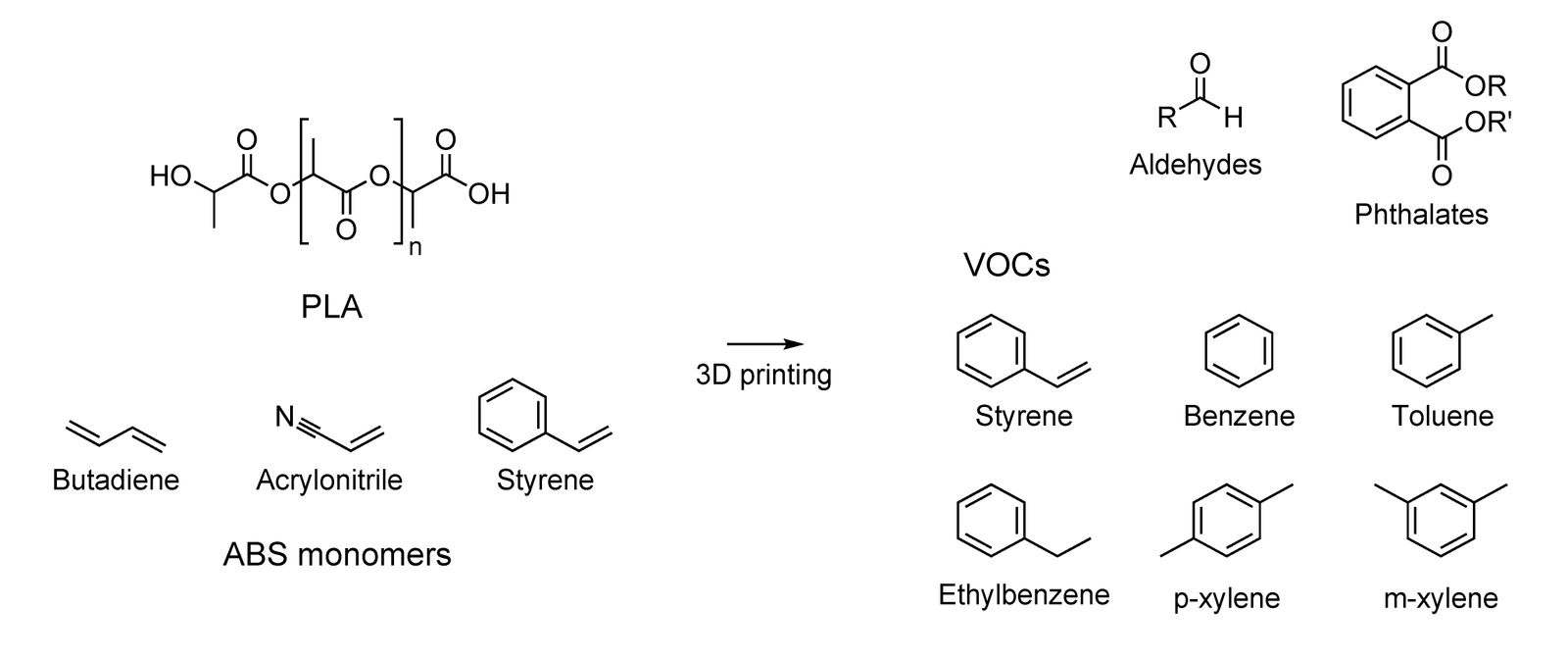3D printing in chemistry education: A meta level reflection
Posted on October 7th, 2019
I finally got my 3D printing review paper published. I wrote it together with Dr. Susanne Wiedmer, an analytical chemist from the Chemistry Department of University of Helsinki. We submitted it to a new IUPAC supported journal called Chemistry Teacher International published by De Gryuter.
Research setting
The objective of the research was to investigate how 3D printing has been used in chemistry education research. We approach this via systematic literature analysis. Systematic analysis was chosen because we wanted to have a comprehensive overview from the field.
Systematic approach worked pretty well. The amount of published papers from this topic was under 50 so based on relevance sampling, we could include all of them into the analysis. We analysed rationales and objectives (data) that authors have set for their work. For the analysis framework we used technological pedagogical content knowledge (TPACK) model, which was chosen for 3D printing's edutech nature. Its chemistry educational use demands knowledge from technology, chemistry and most importantly pedagogy.
Main results
Our work was carried out via three research questions:
- RQ1: What kind of work has been done in the field of 3D printing in chemistry education?
- RQ2: What kind of design strategies have been used in developing TPACK through integrating 3D printing in chemistry education?
- RQ3: How 3D printing has been used in chemistry education research?
Answer to RQ1 was the general overview of earlier work. Almost all earlier academic discussion has been about the suitable printing contexts which are mapped out extensively (see table 9 from the paper).
Answer found for the RQ2 was quite interesting, because we find a fourth TPACK design strategy which was not introduced in the original design strategies paper (Koehler, Mishra, & Cain, 2013). The new found strategy was that 3D printing learning environment design started from mapping of TCK based needs which where solved through 3D printing and pedagogical PCK layer was added later in the second design phase. The renewed set of TPACK design strategies is
- PCK TO TPACK
- TPK to TPACK
- Developing PCK and TPACK simultaneously (see Koehler et al., 2013)
- TCK to TPACK (NEW) (added in Pernaa & Wiedmer, 2019).
For the RQ3 we found that in chemistry education research, 3D printing has mainly been used for printing research instruments. Only few studies have investigated its effect on learning or students’ perceptions towards it.
Conclusions
According to earlier research, there is some evidence that 3D printing is suitable for student-centred activities for supporting the engagement in studies. But there is a huge lack of pedagogical models how to use 3D printing in a student-centred way in chemistry education. This should be one of the future learning environment design objectives for chemistry educational 3D printing.
And from the laboratory safety perspective, it is important to remember that 3D printing process releases large amount of potentially carcinogenic ultra fine particles (UFPs) and volatile organic compounds (VOCs) (see Figure 1). 3D printing safety recommendations for chemistry education can be read from Bharti & Singh (2017).

Figure 1. The most commonly used polymers (PLA and ABS) and the compounds emitted during 3D printing processes. (See Figure 3 in Pernaa & Wiedmer, 2019)
References
- Bharti, N., & Singh, S. (2017). Three-dimensional (3D) printers in libraries: Perspective and preliminary safety analysis. Journal of Chemical Education, 94(7), 879–885. https://doi.org/10.1021/acs.jchemed.6b00745
- Koehler, M., Mishra, P., & Cain, W. (2013). What is technological pedagogical content knowledge (TPACK)? Journal of Education, 193(3), 13–19. https://doi.org/10.1177/002205741319300303
- Pernaa, J., & Wiedmer, S. (2019). A systematic review of 3D printing in chemistry education – analysis of earlier research and educational use through technological pedagogical content knowledge framework. Chemistry Teacher International. Epub ahead of print. https://doi.org/10.1515/cti-2019-0005
